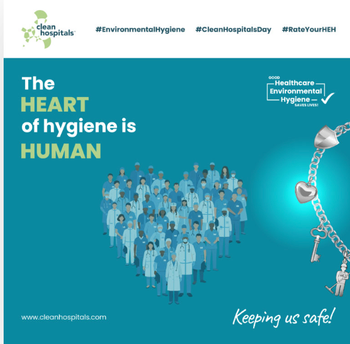
Pregnancy Microbiome Reveals Variations in Bacterial Diversity
The collection of an estimated 100 trillion resident microorganisms of the human body, termed the human microbiome, contributes to the physiology of human health and disease including nutrition, immune function, metabolism, and development. Recent studies suggest that the maternal microbiome changes composition during gestation and may be associated with pre-term birth. Yet, there remains a lack of detailed analyses regarding the structure, function, and temporal dynamics of the maternal microbiome and how it contributes to gestational outcome and fetal development.
In a study published today in Genome Research, researchers performed detailed whole-community sequencing on the microbial communities of three maternal body sites (vagina, gut, and oral cavity) over the course of pregnancy from the first trimester through delivery. Lead author David A. Relman of Stanford University was, "surprised by the degree of diversity in the human microbiome at the level of bacterial strains and by their temporal patterns during the course of gestation." Of the nearly 1500 taxa identified, community diversity differed among body sites and throughout the course of pregnancy. The vagina was primarily dominated by one organism and taxonomic diversity increased with gestational age. In the gut and oral cavity the communities displayed high diversity throughout gestation, but the abundances of gene families and predicted functions changed over time. Interestingly, the microbiome variation in the oral cavity was associated with pregnancy complications such as preeclampsia. Another important finding of this study was the recovery of near-complete genomes of new strains of bacteria associated with disease. Further characterization of these organisms may improve our understanding of their role in human health.
While this research is still at least several steps away from clinical applications, Relman expects that this work will eventually lead to a more informed strategy for targeted interventions before and during pregnancy that seek to reinforce or restore key functions of the maternal microbiome in support of decreased pregnancy risks and healthier fetal development.
Researchers from Stanford University, the Veterans Affairs Palo Alto Health Care System, the University of California, Berkeley, Stanford University School of Medicine, and the Lawrence Berkeley National Laboratory contributed to this work. The study was funded by grants from the March of Dimes Prematurity Research Center at Stanford University School of Medicine, the Thomas C. and Joan M. Merigan Endowment at Stanford University, the Chan Zuckerburg Biohub, and the Eunice Kennedy Shriver National Institute of Child Health and Human Development of the National Institutes of Health under Award 1K99HD090290.
Source: Cold Spring Harbor Laboratory Press
Newsletter
Stay prepared and protected with Infection Control Today's newsletter, delivering essential updates, best practices, and expert insights for infection preventionists.





